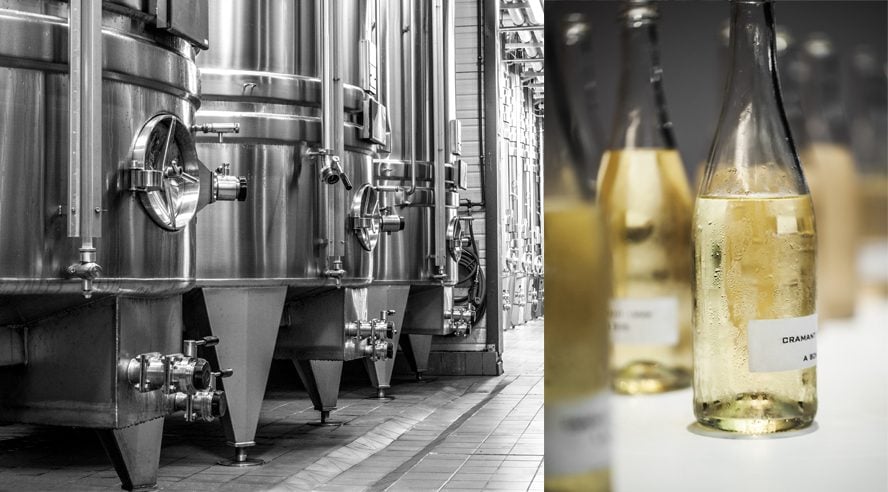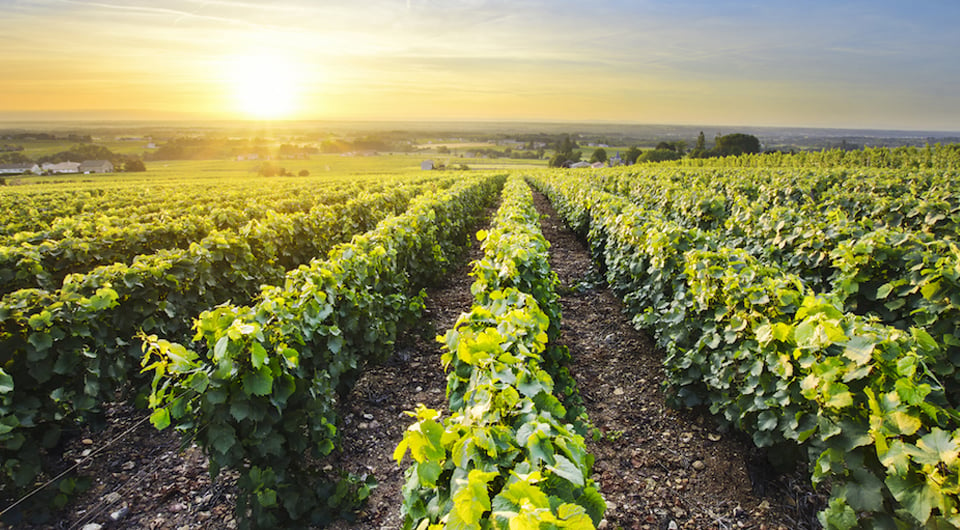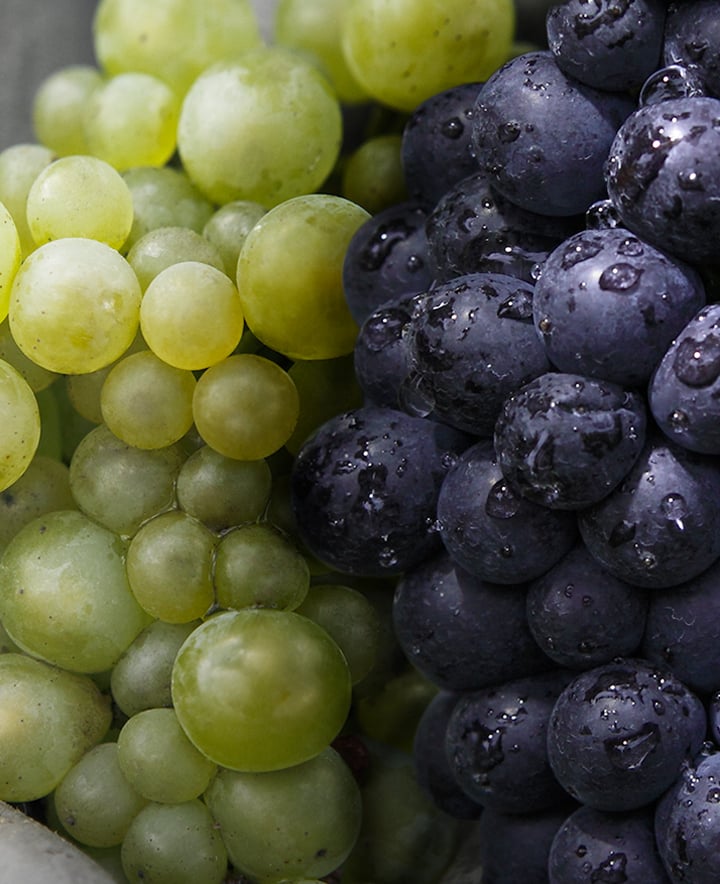
Did you know ? Champagne is a wine made by blending the three dominant grape varieties of the Champagne region, Chardonnay, Pinot Noir and Pinot Meunier. Since 1935, these three types of grapes have been used to make champagne because they are perfectly suited to the Champagne region. This singularity makes the wines of Champagne unique and gives them a strong taste and identity. A fundamental step in the Champagne making process, discover the secrets of blending.

The blending of grapes from these different varieties allows the wines of Champagne to be marked by contrasts and complementarities, which also allows each house and each cuvée to develop its personality and style.
The only exceptions to the rule are the mono-varietal cuvées, which are composed of grapes from a single variety: the Blanc de Blancs champagne is thus composed exclusively with Chardonnay and the Blanc de Noirs champagne exclusively with Pinot Noir and/or Pinot Meunier.
It is the Cellar Master who has the important responsibility for the blending. Patience, analysis and method are essential. The Cellar Master has a large palette at his disposal in order to imagine the best possible combinations. In order to create a palette of aromas and tastes, the Cellar Master uses wines from different vintages, different grape varieties and different plots, added to reserve wines.
Passionate or reserved, original or conformist, jovial or austere, the personality of the Cellar Master plays a determining role, each blend is unique and very personal.
Just before blending, it is necessary to process the base wines. This is the “clear wine” stage, otherwise known as clarification. Indeed, these clear wines are purified of their solid components by centrifugation or filtration. Afterwards, they are again classified by grape variety, year, vintage or even by parcel. This stage prepares the wines for blending.
Finally, comes the blending, a crucial stage. This can take several days or even weeks. The experts’ opinions are gathered around several tests before starting the final blend, an irreversible stage. Around the Cellar Master, the winegrowers bring their expertise thanks to their knowledge of the vine.
The proportions have to be perfect to get the right blend. Many wines can be blended, sometimes up to fifty. Once determined, the final blend is made in impressive vats. Each wine brings with it the particularities of its vintage and the year in which it was put in barrels.

Pinot Noir brings structure and power to the wine, combined with aromas of red fruits. When blended, this grape variety gives structure and therefore full-bodied wines. It represents 38% of the vineyards planted in the Champagne region.
Chardonnay is ideal for ageing, its floral and mineral notes offer an incomparable finesse in the mouth. Chardonnay wines are characterised by delicate aromas, floral, citrus and sometimes mineral notes. Slowly developing, it is the ideal grape variety for ageing wines. This grape variety represents 30% of the Champagne lands.
Pinot Meunier evolves quickly and gives roundness and intensity to a wine that is already supple and fruity. This vigorous grape variety is particularly suited to the more clayey soils and is better suited to climatic conditions that are more difficult for the vine. It represents 31% of the vineyards in Champagne.
Pictures’ credits: Maison Joseph Perrier, Krug, Charles Heidsieck, Veuve Clicquot
Our approach guarantees quality, simple ordering, secure payment and careful delivery within 5 to 10 days in Europe.
Since 2010, our carefully selected wines have come from the most prestigious Champagne Houses.
Our Champagne experts will advise you on the success of your private and professional projects.
Chic boxes, personalization, attentions... the pleasure is as much to offer as to receive.
Copyright 2022 © all rights reserved. Champmarket.


ALCOHOL ABUSE IS DANGEROUS FOR YOUR HEALTH. DRINK RESPONSIBLY.